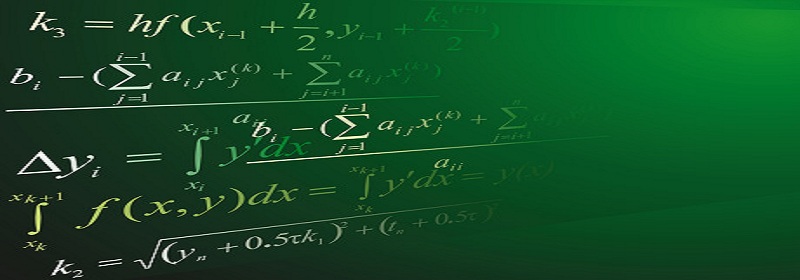TEACHING MATERIALS AND INFORMATION

计算机图形学(计算机学院本科生) For Undergraduates: Introduction to Computer Graphics
课程信息(Course Introduction): 该课程是计算机专业的专业基础课。目的是要让学生了解和掌握计算机图形技术的基础原理和总体框架,并使学生能掌握利用OpenGL等标准图形函数库进行图形软件开发的本领。通过课程的学习,学生不仅了解计算机图形学的基础知识,训练图形的设计与开发能力,更了解计算机图形学领域经典算法的基本思路、设计技巧,使得学生能够接触、并部分掌握算法设计的思想和技术。 This course gives the basic elements of computer graphics for undergraduate students, meanwhile it teaches them on how to do programming by using OpenGL. This course is on the basic principles of computer graphics, including the elementary concepts and the corresponding methods. Also, the underlying ideas of classic algorithms for graphics, the elementary programming arts on graphics by using OpenGL are provided.考试信息(Examination): 课程讲义下载: 点击此处下载实验资料下载: 点击此处下载
高级计算机图形学(计算机学院硕士、博士生) For Graduates: Advanced Computer Graphics
课程信息(Course Introduction): 本课程在学生先修了本科阶段的《计算机图形学》课程基础之上,进一步在真实感图形等方面进行深入学习以及相应实践,并辅以可视化分析等计算机图形学与其他学科交叉与最新研究进展论文的研读,使得修课学生了解与熟悉计算机图形学绘制技术的前沿。从本课程涉及的主要内容上讲,以经典的光线跟踪算法为基本框架,重点讲授基于物理学原理的真实感图形绘制涉及的诸多方面:光线跟踪算法的静态场景与动态场景管理与加速策略,蒙特卡洛模拟方法的基本概念与基本方法,蒙特卡洛应用于真实感图形绘制的图像像素采样技术,蒙特卡洛应用于真实感图形绘制中符合物理学原理的直接与间接光照分布计算,真实感图形绘制的图像重建与滤波技术,蒙特卡洛应用于参与介质场景的多重光照散射计算。另外,学生研读、口头报告并讨论可视化分析方面最新研究论文。 Based on the lecture "Computer Graphics" in undergraduate level, this course concentrates on realistic rendering techniques, and on some state-of-the-art techniques relevant to modern computer graphics. Basically, this course starts from the introduction to classic ray tracing algorithm and pursues the related techniques on physically based rendering methods. In addition, visual analytics is included considering that this topic has been as the latest and the hottest nowadays. In concrete, this course involves: fast implementation of ray tracing and the corresponding technologies on the management of static and dynamic 3D scenes, basics on Monte Carlo methods, Monte Carlo based pixel sampling and adaptive sampling, Monte Carlo based direct and indirect lighting, image reconstruction and filtering for stochastically based rendering, single and multiple scattering simulation for participating media using Monte Carlo, and lastly the recent visual analytics techniques. 考试信息(Examination): 3 programming assignments, and 1 oral presentation 课程讲义下载: 点击此处下载Presentation资料下载: 点击此处下载
实时图形设计(计算机学院本科生) For Undergraduates: TU Syllabus for Real-Time Graphics Design
课程信息(Course Introduction): 本课程为高年级本科生的课程设计,先修课程为计算机图形学。本课程设计的主要目的是使学生巩固计算机图形学知识,掌握基本的实时图形绘制方法,掌握一种常用的图形开发语言,在课程结束时具备基本的实时绘制大规模场景的能力。 This is a practice course for senior undergraduate. The pre-sessional courses include computer graphics, C programming language, etc. The main purpose of this course is designed to enable students to consolidate knowledge of computer graphics, to grasp the basic real-time graphics rendering methods; to master a common graphical programming language such as OpenGL/DirectX3D. After this course, the students should have the basic ability of real-time rendering of large-scale scenes.考试信息(Examination): Experiment reports (including demonstration show)
